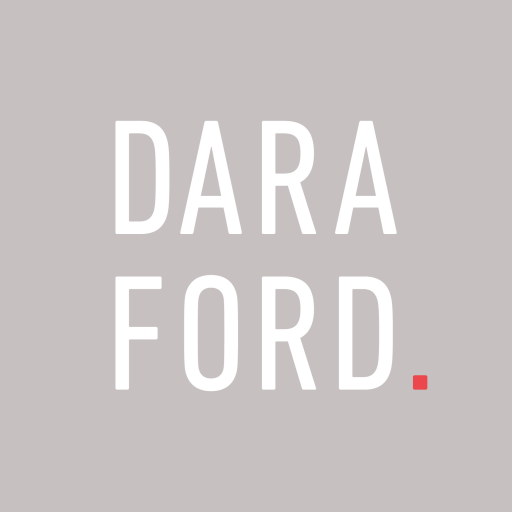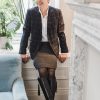
A new client recently asked me: What is a floating canvas exactly?
I’m really grateful for this question as I easily forget that the terms I use day in/ day out are not general knowledge.
In a nutshell canvas construction is the backbone of any bespoke tailored garment.
The options for the type of canvas to use vary greatly and depend on many things: the weight of the outer cloth, the cut of the design, the preference of the tailor and client. But before I get into the intricacies of canvas quality let me explain what it is and how it is used.
How is floating canvas used?
Most tailored garments are made up of three layers:
- The outer cloth, also known as shell or self fabric (this is what you see)
- An intermediate layer of fabric called interlining (hidden layer)
- The lining (innermost layer next to your body)
A floating canvas is part of the interlining layer and can actually be made up of several different canvasses and materials. The canvas is hand or machine stitched to the outer layer of the garment. This allows it to move a little and ‘float’ in between the outer cloth and the lining.
In contrast conventional garment construction uses a ‘fusible’ interlining layer. This means the interlining is glued to the outer fabric before the garment is sewn together. The interlining cannot float – it is permanently connected to the fabric.
Purpose of interlining
Both fusible and floating interlinings are used to give garments shape, strength and body. They help garments retain their shape, last longer, prevent fraying at stress points and can add warmth. Very light fabrics are given a fuller bodied appearance without compromising their natural look. Winter coats can have an added layer of felt to make them warmer. Some garments even have invisible padding on the shoulders, hips, back or chest to even out an asymmetric posture.
Benefits of canvas interlining
Canvas interlinings are preferable as they last longer and help a garment retain it’s shape. Because the canvas is sewn to the outer layer with invisible stitches it can be manipulated to create convex or concave forms that will be locked into the garment for ever. A lapel for example will curve gently towards the body and the front edge will sit neatly against the chest. Collars hug the neck and do not curl up.
Canvas also survives cleaning processes for far longer than fusible alternatives. Have you ever taken a suit to the dry cleaners and subsequently noticed a bubbling effect on the cloth? This is caused by the fusing deteriorating when it has repeatedly been exposed to dry cleaning chemicals.
Types of canvas
There is a great variety of canvas qualities, weights, degrees of stiffness and type of material to choose from. In menswear stiffer canvasses are used because a firm looking chest is desired. Womenswear will usually use softer canvasses: Silk organza often forms the base. This is overlaid with wool canvas followed by a medium weight horsehair chest canvas. The important thing is to match the canvas to the outer layer so that the two fabrics sit well together and don’t compete with each other.
As with all components of a bespoke jacket the choice of canvas is a personal one and there is no right or wrong. It all depends on the desired look and feel of the finished piece.
Do you have any other questions about tailoring terminology? Send me a message or leave me comment and I’ll do my best to answer them.





Good Day I am thinking on having a BESPOKE JACKET made .What do I ask the tailor for if I require stiff canvas interlining especially in the chest To give a permanent full chest . also in the back . I would like Serge for the material.
Hi William,
your tailor should be able to offer you a variety of canvasses to choose from. The chest piece is made up of multiple canvas pieces which together will create the shape you are looking for. A strong horsehair canvas should be sufficient I think. It is unusual to add canvas to the back as it could restrict movement, however you could add some across the upper back to help build out the shoulders. Your tailor can talk you through the options and give you advice at your consultation. I hope this is helpful. Best wishes, Dara